- Details
The Philippines should reduce its dependency on one fuel, and instead tap diverse fuels in order to provide for its increasing electricity requirements.
This need for a strong program on diversification for the energy sector was raised by Energy Policy and Planning Bureau Director Jesus T. Tamang in his talk about the Philippine Energy Plan at the 3rd Philippine Nuclear Congress organized by the Department of Science and Technology (DOST) and its attached agency, the Philippine Nuclear Research Institute (PNRI).
Read more: Expert calls for diversification of fuel options in DOST nuclear science forum
- Details
The very important role of micro, small and medium enterprises (MSMEs) in fueling economic development in the country was recently recognized by no less than Secretary Mario G. Montejo of the Department of Science and Technology (DOST) during its Stakeholders Summit held on December 9, 2015 at the DOST Executive Lounge.
Read more: Montejo salutes Pinoy entreps in DOST’s “Science Festival”
- Details
High School and college students from different schools in Metro Manila gathered to learn about the challenges and opportunities for the young generation in the field of nuclear science in the First Nuclear Youth Summit held last December 7, 2015 at the Diamond Hotel, Manila.
One of the highlights of the Third Philippine Nuclear Congress, the youth summit provided a forum to share nuclear information and scientific knowledge among the youth as potential leaders and scientists.
Read more: Nuclear tech: what’s in it for the young - tackled in DOST summit

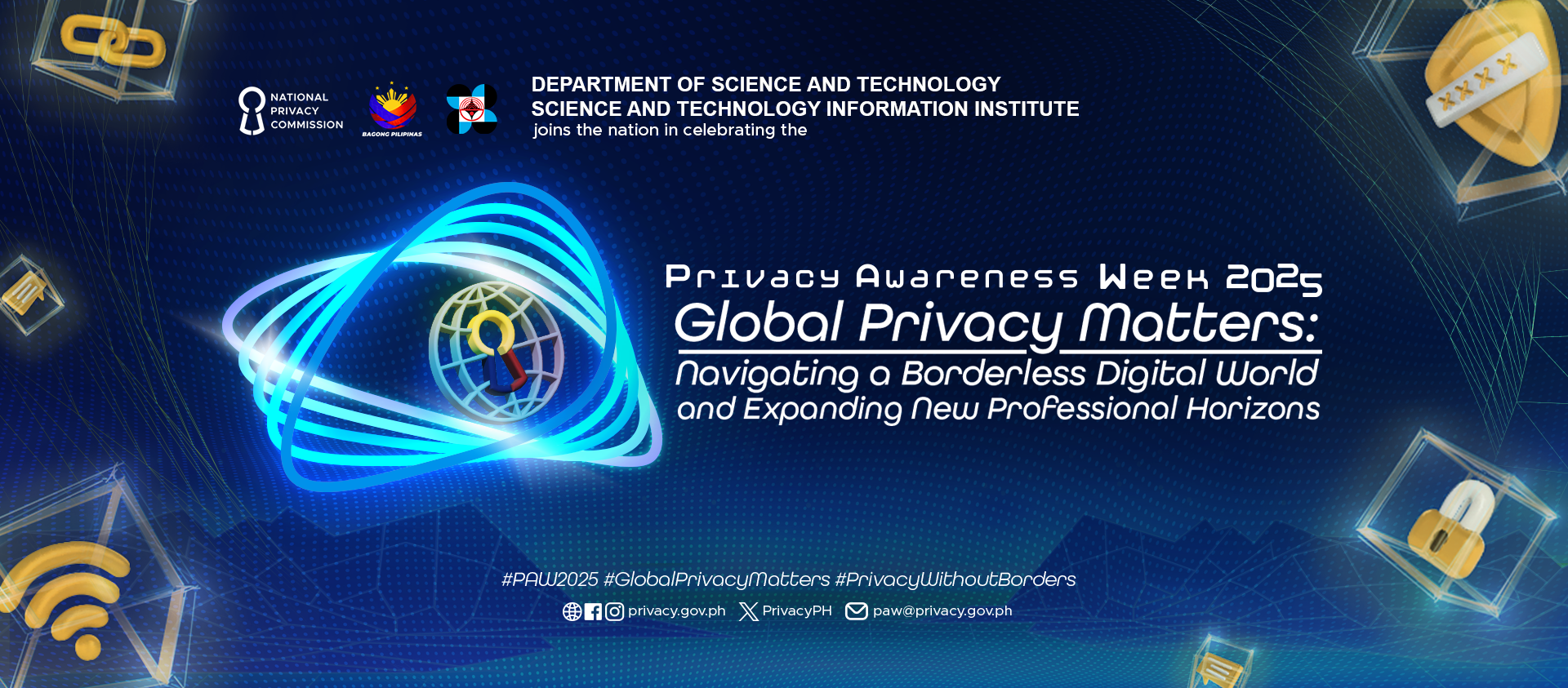
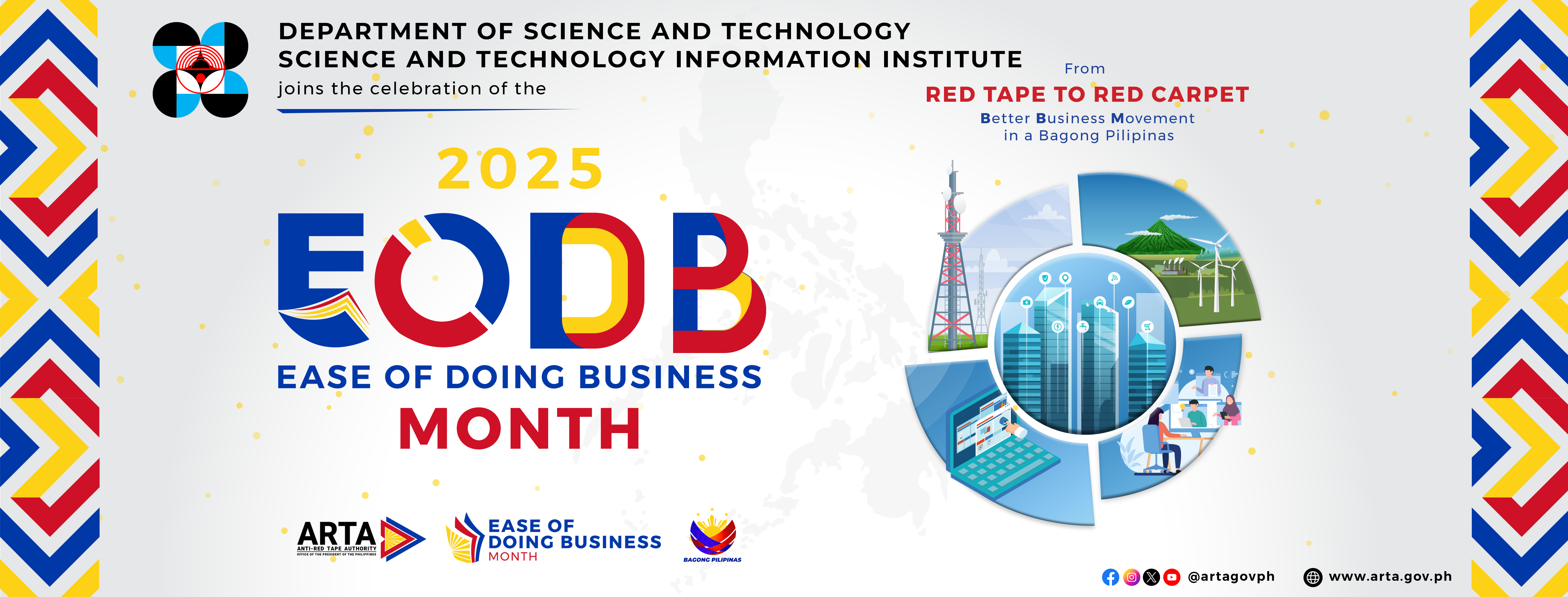
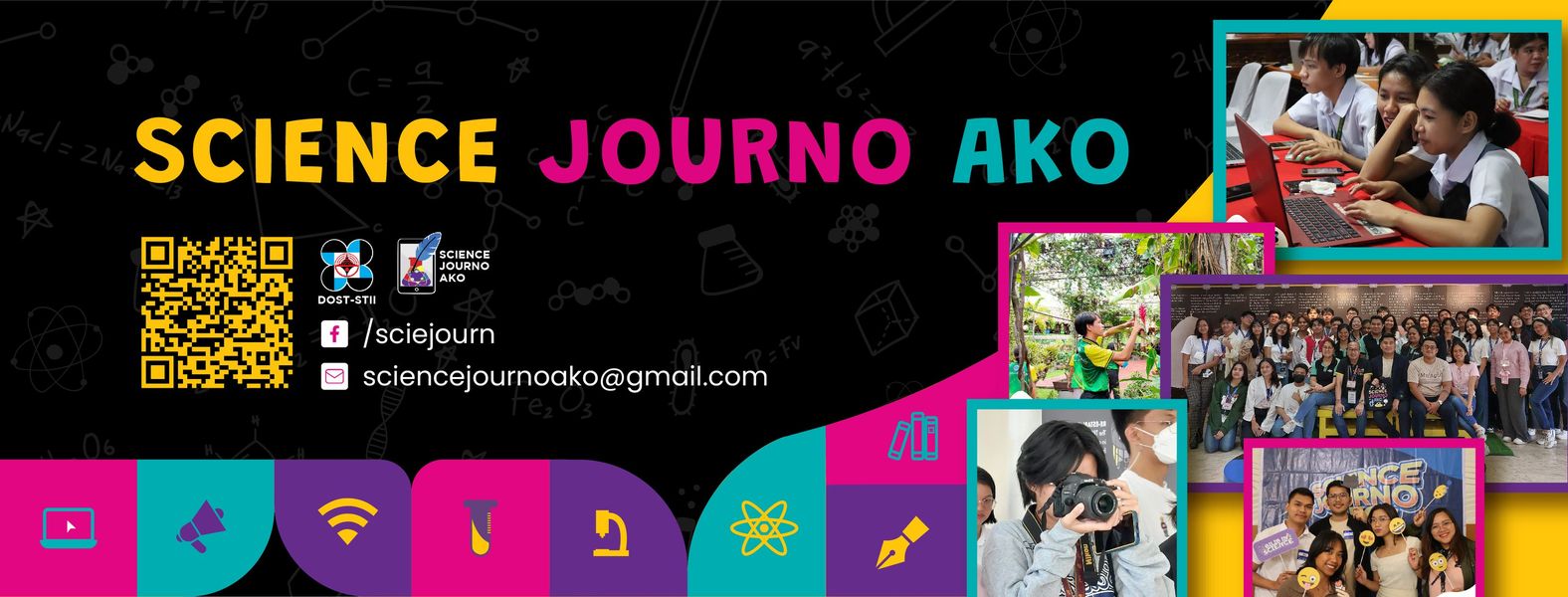

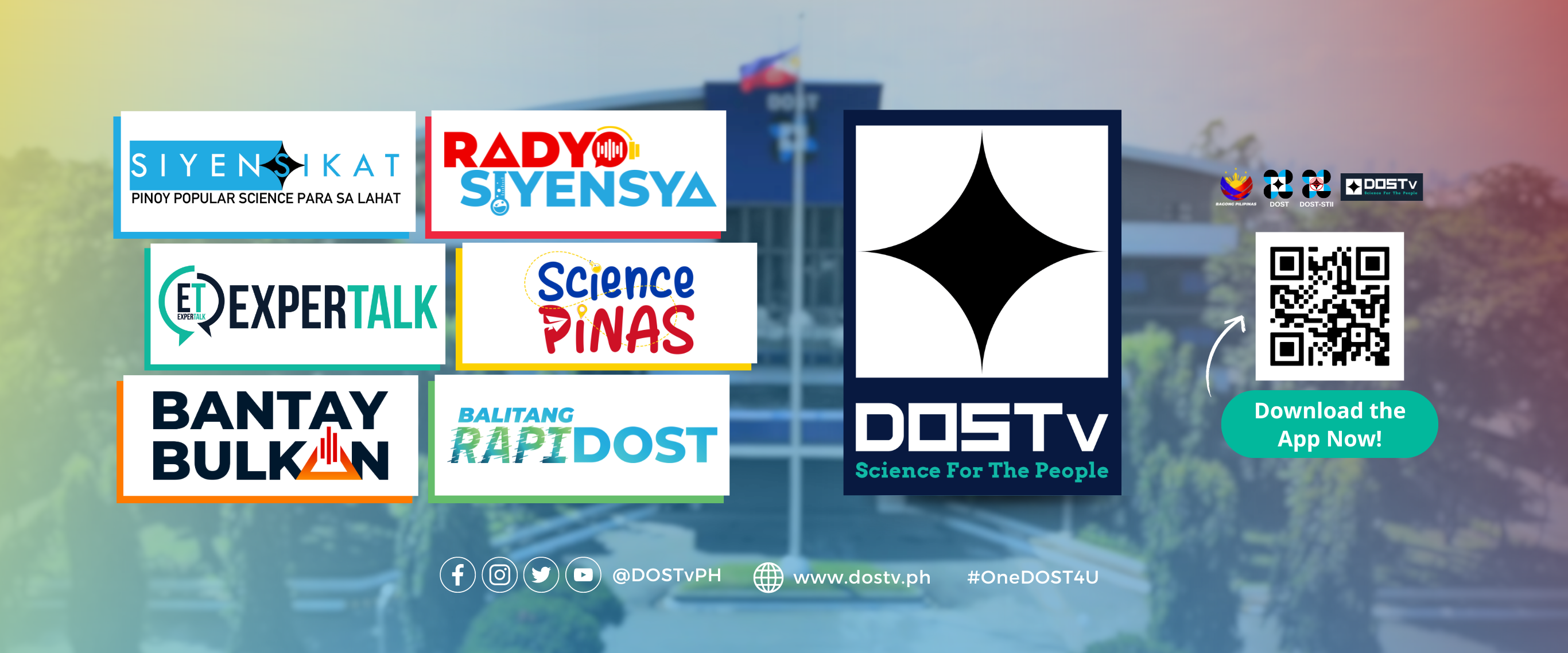

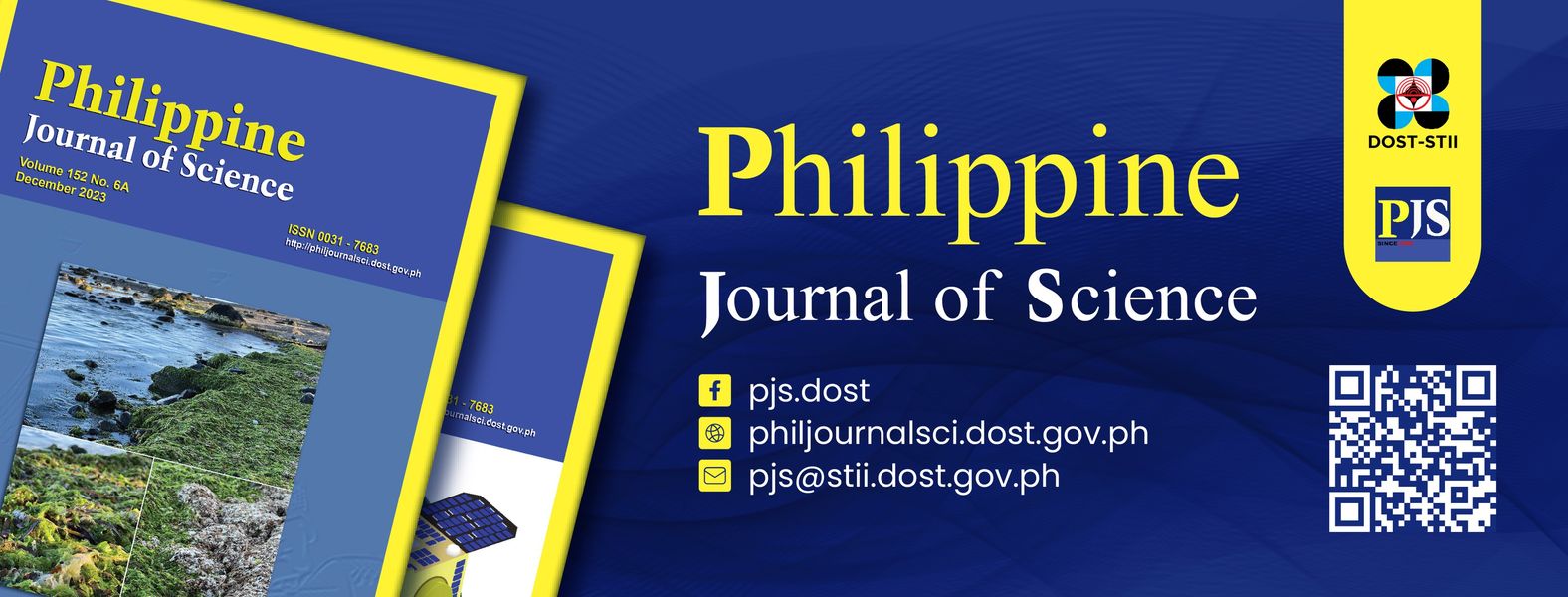




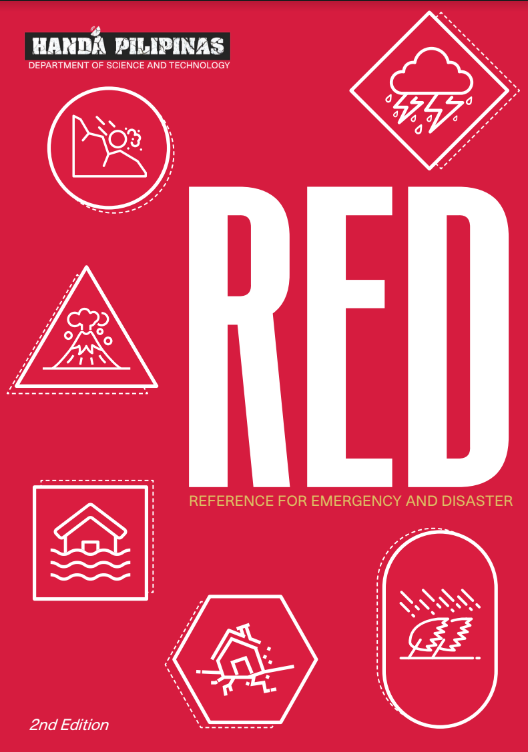





 21 in 2021 Technology Catalogue
21 in 2021 Technology Catalogue 21 in 2021 Technology Catalogue
21 in 2021 Technology Catalogue DOST Innovations - Web and Mobile Applications for Disaster Risk Reduction and Management
DOST Innovations - Web and Mobile Applications for Disaster Risk Reduction and Management